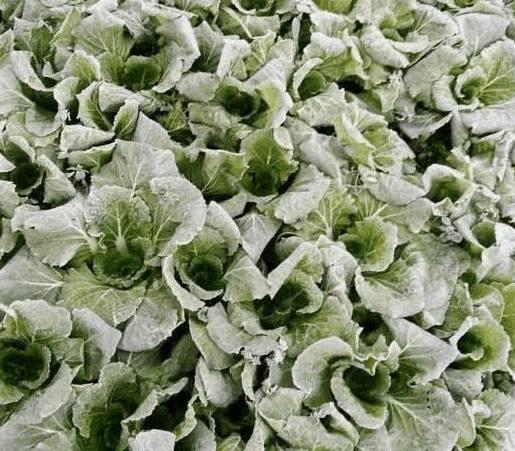Eating these five vegetables often reduces blood fat and blood pressure, but also prevents cancer
I. Artemisia annua L.
Every 100 grams of Artemisia annua contains 0.24 grams of fat and 4.2 grams of protein, which is a healthy vegetable with high protein and low fat. At the same time, the content of total flavonoids in Artemisia annua is relatively high, which plays a certain role in reducing blood lipid, blood pressure and the prevention of cardiovascular disease.
2. Artemisia annua
Artemisia annua is rich in nutrients, especially carotene, which contains 1.5 milligrams per 100 grams, which is 2-3 times higher than tomatoes, pumpkins and other vegetables, which is good for protecting eyesight. When cooking, stir-frying with meat and eggs can improve the utilization rate of vitamin A. Sun Simiao recorded that Artemisia annua can reassure qi, nourish spleen and stomach, eliminate phlegm and drink, and benefit intestines and stomach. "
Third, broad bean
Broad bean contains a lot of protein, and a wide variety of amino acids, especially rich in lysine. Broad bean also contains important ingredients such as calcium, zinc, manganese and phospholipids that regulate the brain and nerve tissue, which can enhance memory.
4. Peas
Fresh peas are not only rich in protein, but also of good quality, containing a variety of essential amino acids for the human body. Regular consumption will be of great benefit to the growth and development of children. The crude fiber rich in fresh peas has the effects of clearing intestines, lowering cholesterol and preventing cancer.
Asparagus
Although asparagus looks hard, it tastes tender and delicious. The content of vitamin C is higher than oranges and oranges. It can enhance the body's immunity and prevent colds. It also contains potassium, saponins and other substances, which can regulate blood lipids and blood pressure.
- Prev

It is said that it is good to eat vegetables beaten by frost, do you know
It is said that it is very good to eat vegetables that have been beaten by frost. do you know that it is a pity to see such vegetables? in fact, there is no pity, because they have been beaten by frost.
- Next

This kind of vegetable can reduce blood lipid and anti-aging, and it is better for people with high blood pressure.
Perilla is different, has a special fragrance, and its temperament is very elegant. Perilla is a spice that looks a bit like a woman's lips and is not bitten by mosquitoes. A lot.
Related
- Where is it suitable to grow horseradish in China? it is expected to see the middle altitude horseradish in Alishan.
- How to prevent tomato virus disease reasonably? (Control methods included)
- Many people like to plant towel gourd on the balcony. What are the main points of this method and management?
- What crops can chili peppers be mixed with?
- Fertilization techniques and matters needing attention in Tomato
- What are the grafting techniques for peach seedlings in spring?
- Harm and control methods of root swelling disease of Chinese cabbage
- What are the pests of sweet potatoes? How to prevent and cure it?
- Symptoms, causes and Control methods of navel Rot in Tomato
- The cause of "Cucumber rotten bibcock" in Farmers' planting Cucumber and its Control Plan

